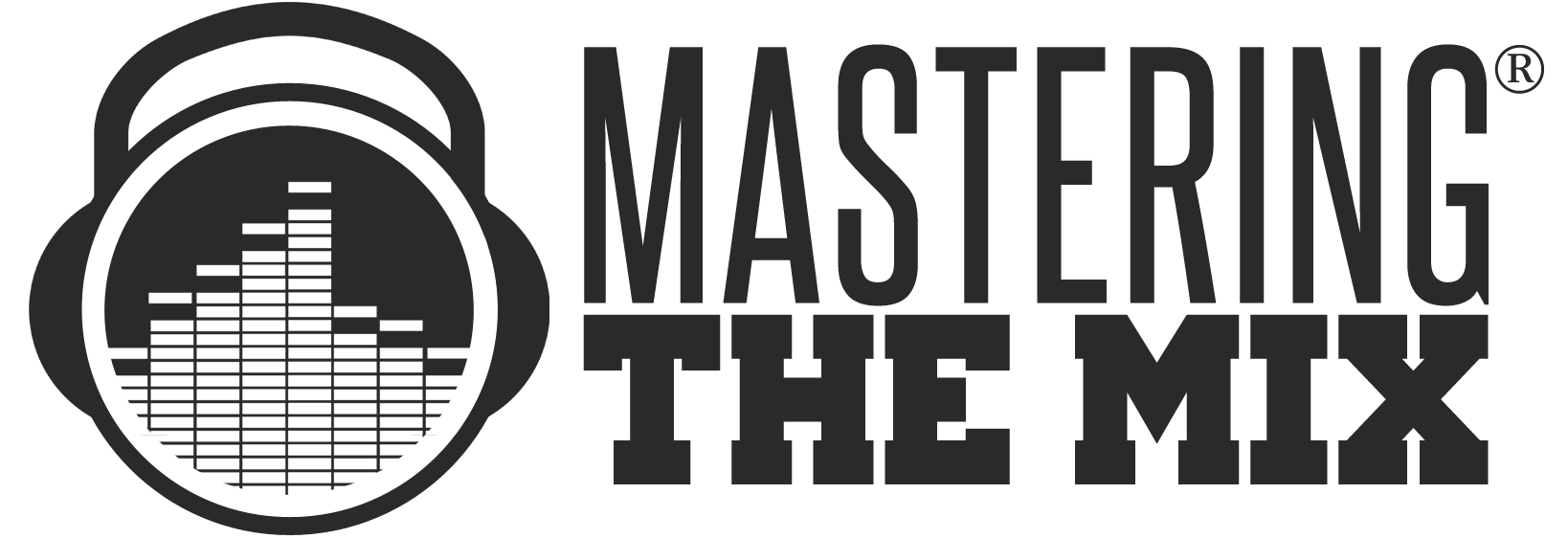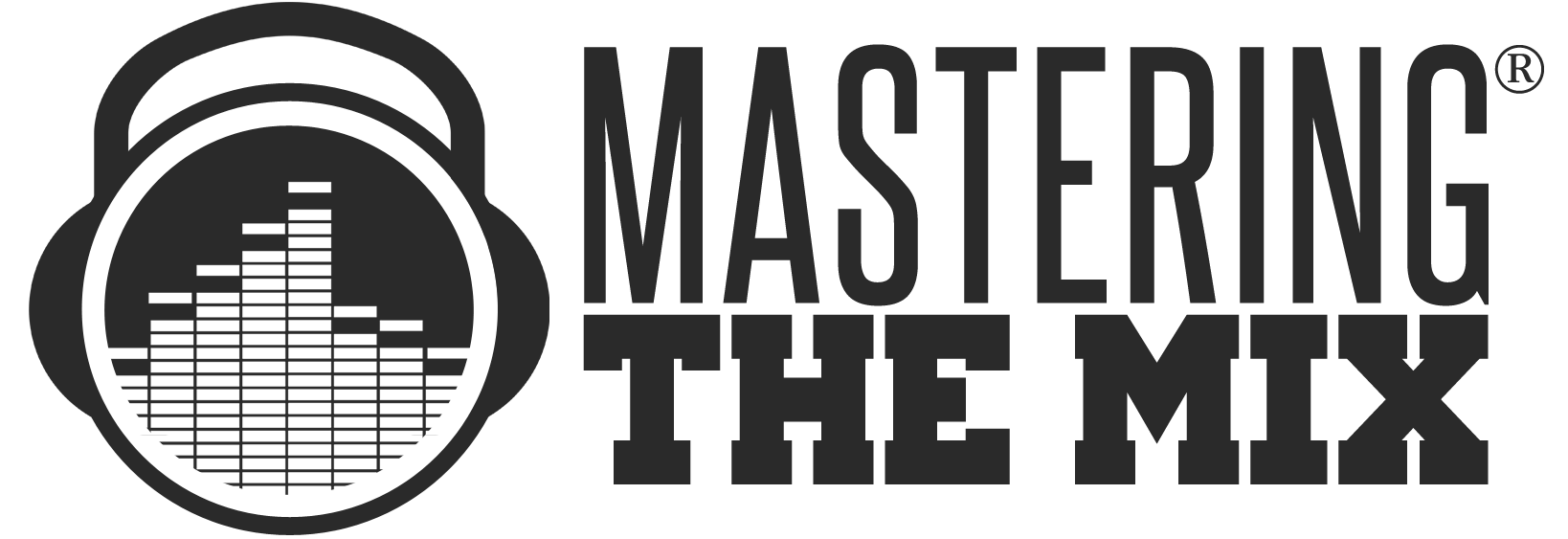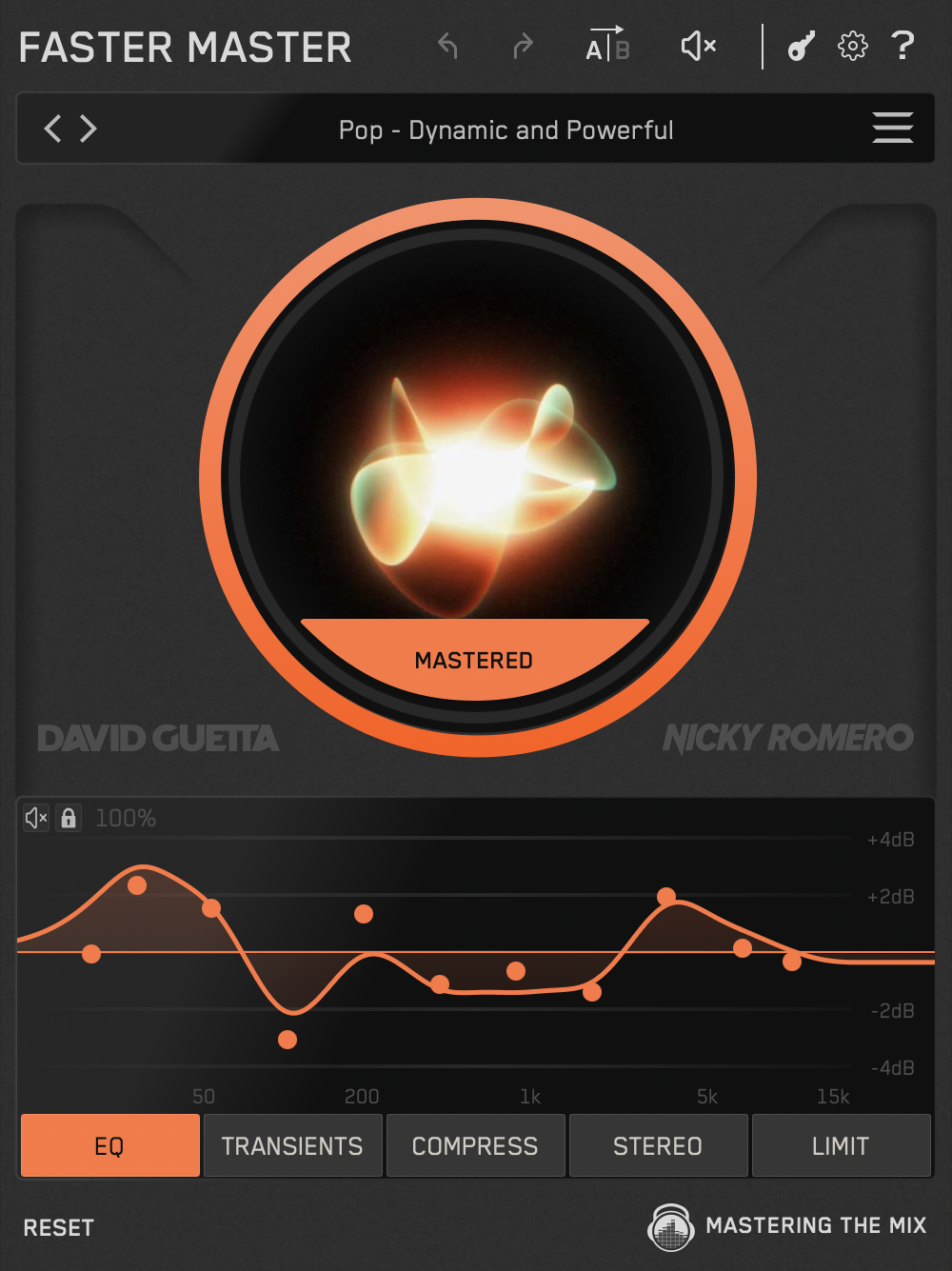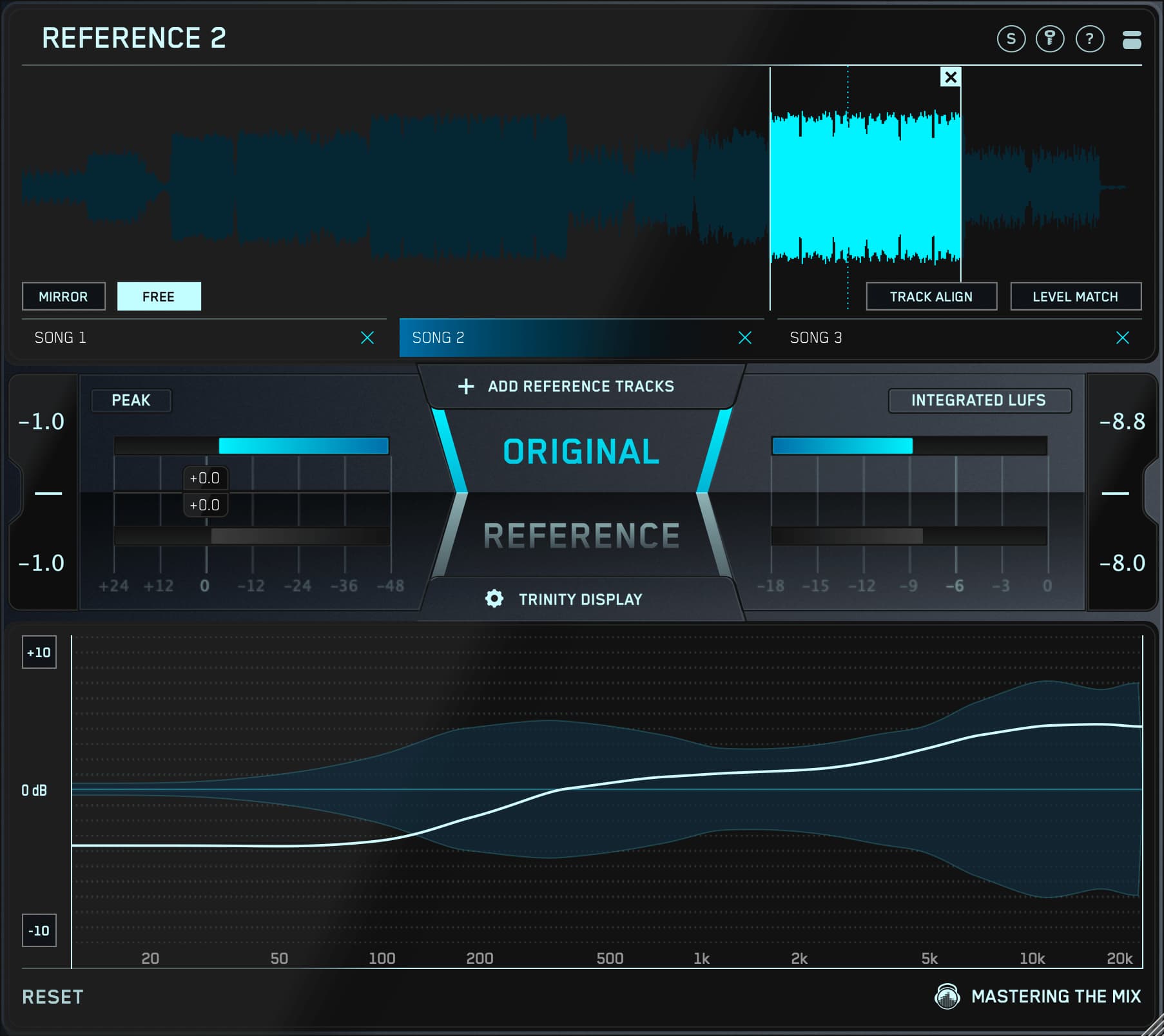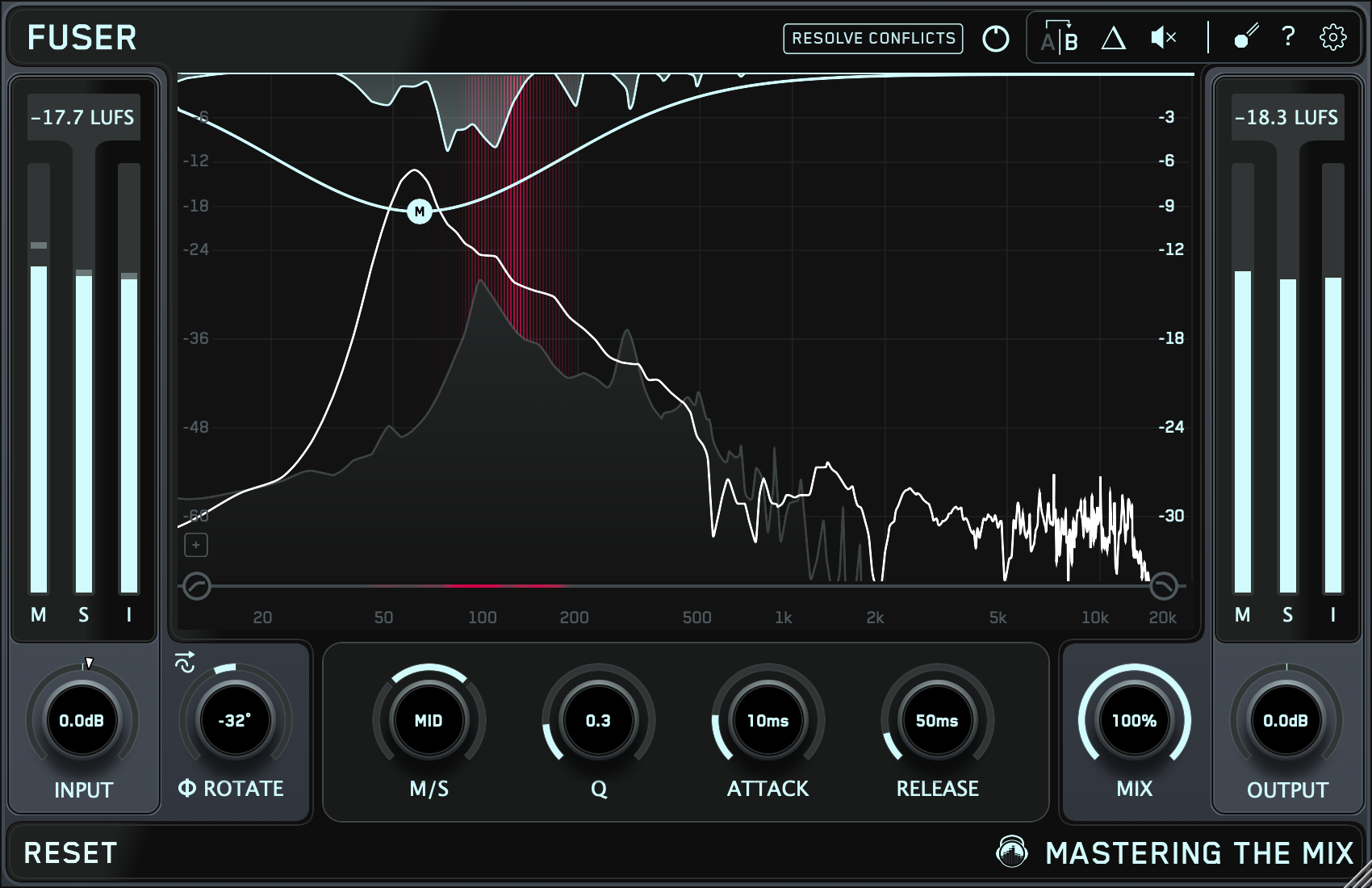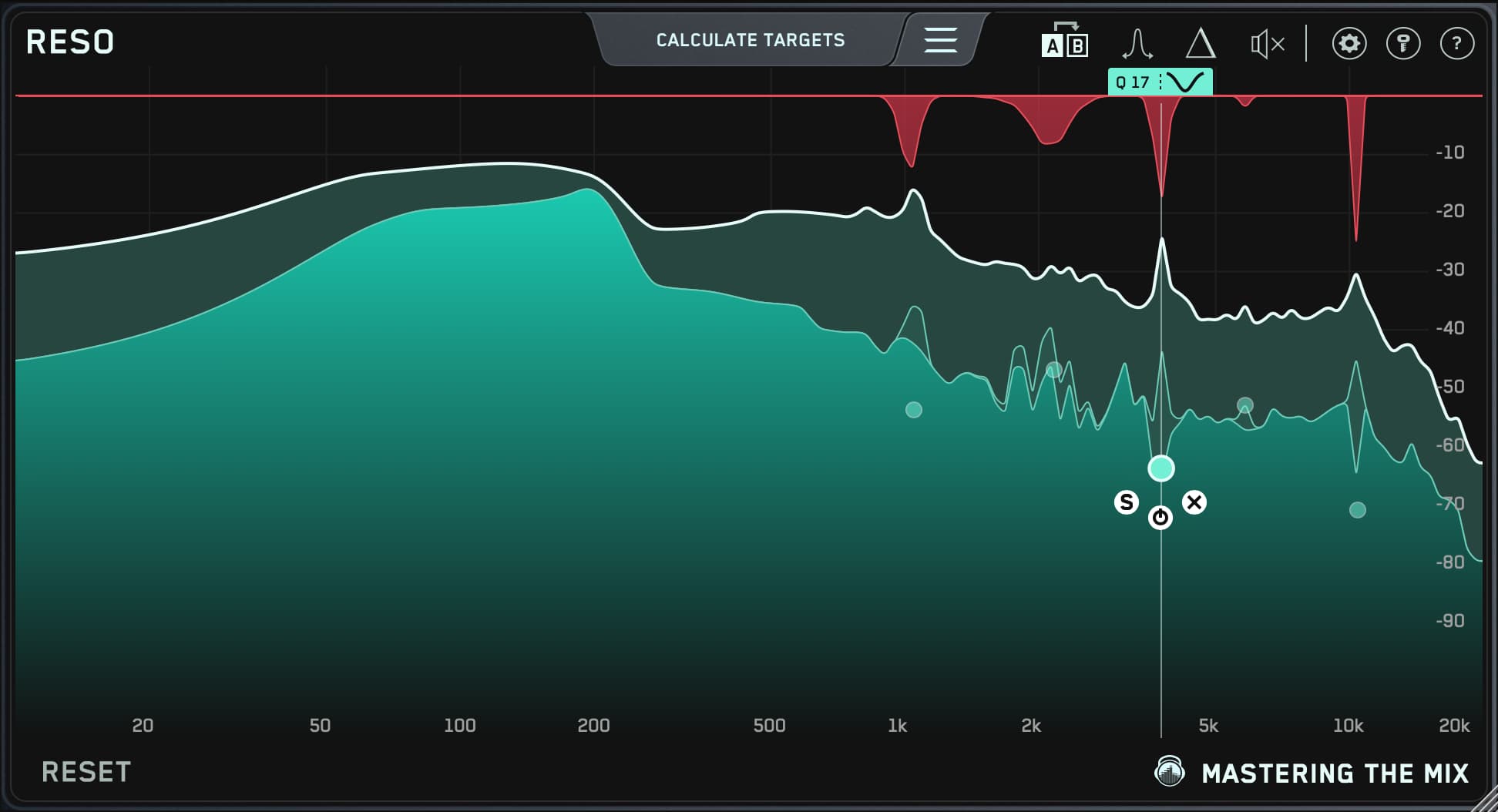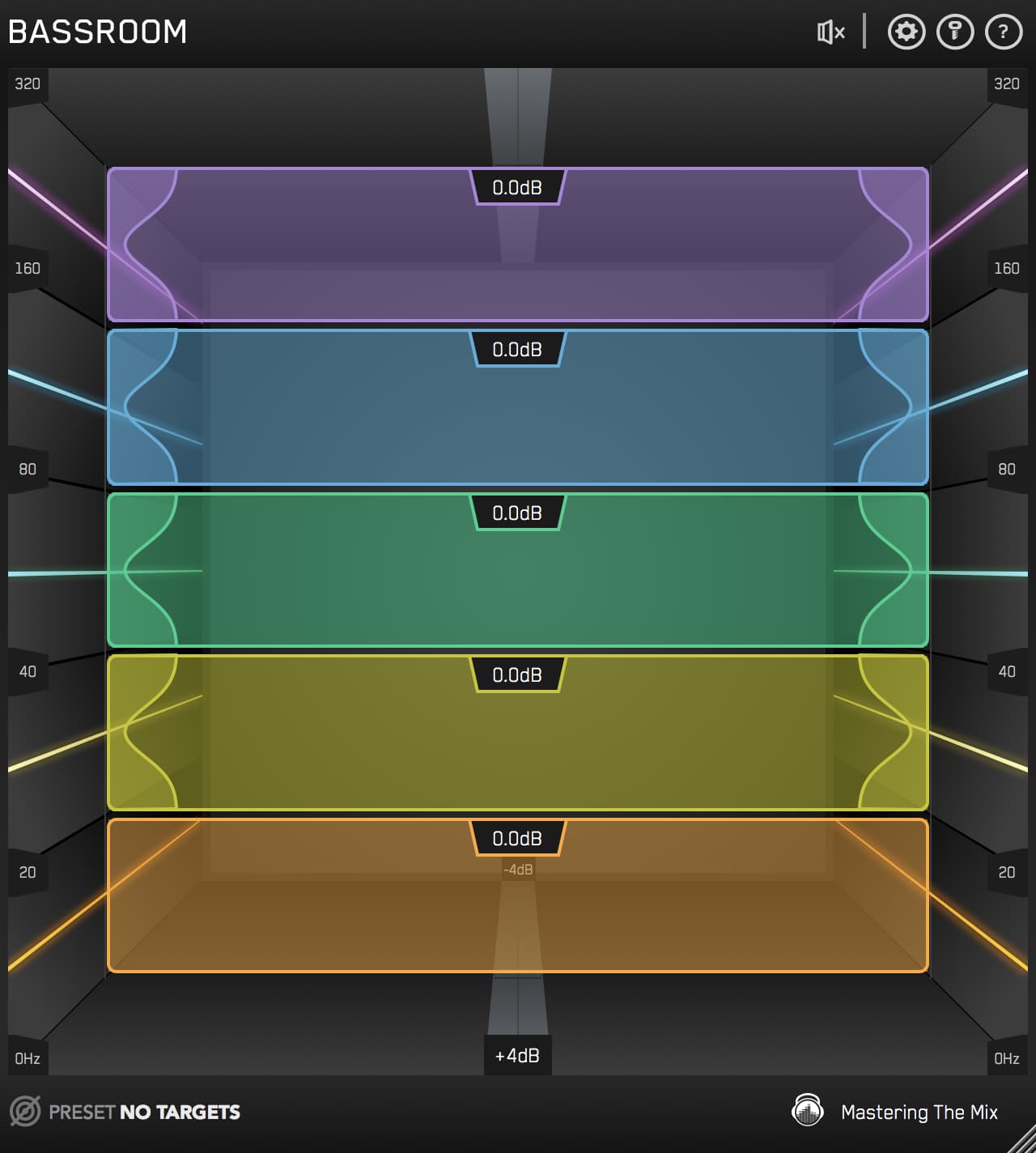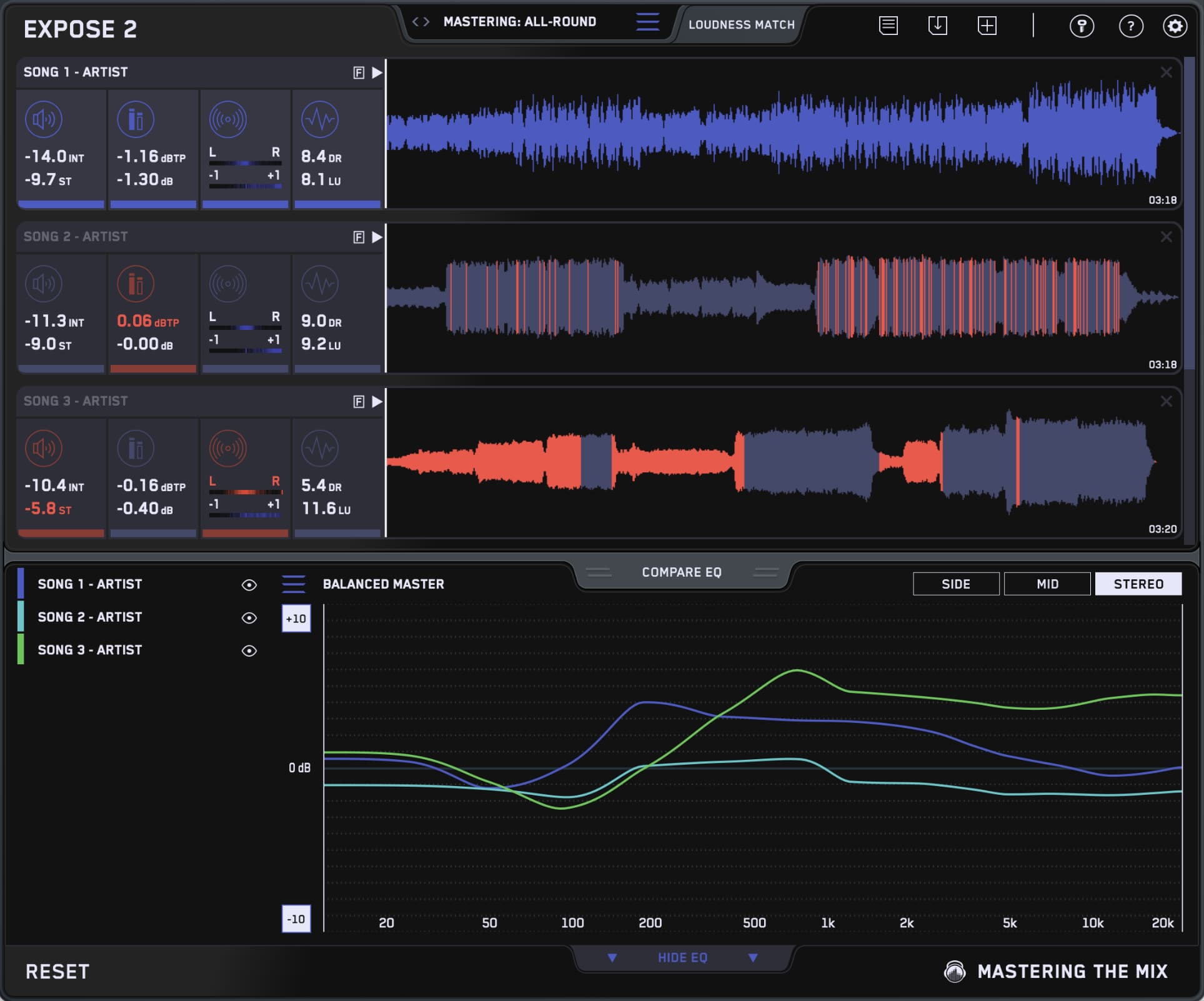How long do you typically spend on a mix? The amount of time probably varies from mix to mix, but the answer should always be the same: as little time as it takes to get the sound right. In this blog, we’ll share some of our favorite tips for speeding up your workflow to help you create better mixes, faster.
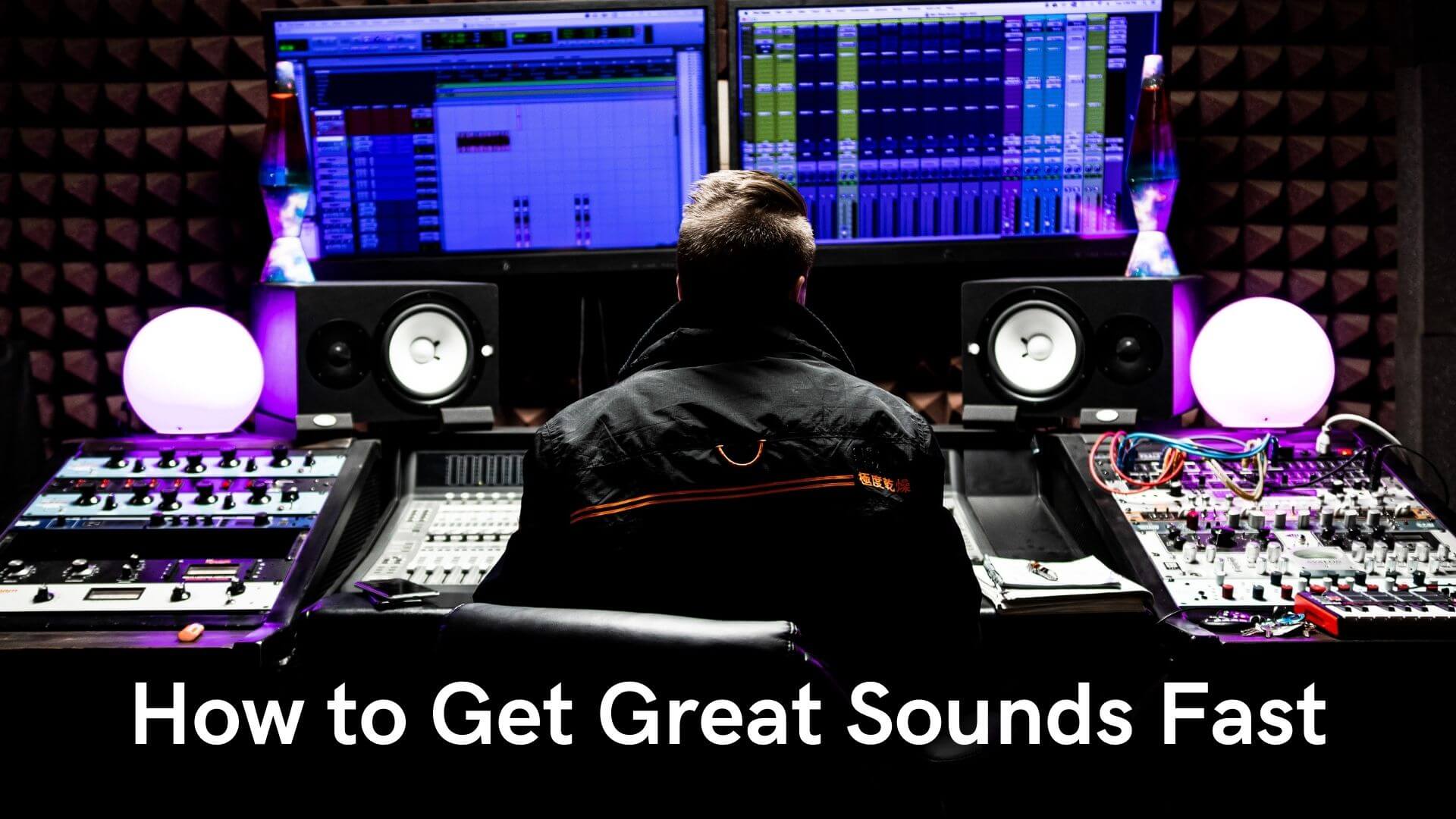
Learn Your DAW Inside and Out
The first time I opened Pro Tools it took me 10 minutes to figure out how to create a simple volume fade. Now I can do it in my sleep.
The better you know your DAW, the faster you can accomplish your goals and move on to the next task. Every DAW includes a variety of useful shortcuts and key commands to speed up your workflow. Even though it only takes a few seconds to take your hand off of the keyboard and click the mouse—with thousands of clicks per session, it can add up quickly.
That’s why it’s important to make sure you know the shortcuts for all of the tools and features you use. You can learn new shortcuts by reading your DAW manual, checking forums and groups, or collaborating with other producers and engineers.

Use Templates and Presets
Many engineers tend to use the same setup for each mix to streamline the setup process and save time. That’s not to say they use the same settings, or even the same tools every mix—but by having your favorite devices set up and ready to go, you can quickly execute new ideas, making it easier to be creative and experiment.
A common template might include basic channel routing such as effects and instrument busses, as well as some of your favorite plug-ins. For instance, you might set up effects busses using your favorite room, hall and plate reverbs, or a parallel compression bus with your favorite compressor set to SMASH.
You can even create presets for each plug-in to streamline the process even further. It’s important to note that you’ll need to tweak these settings for every track, but presets can help you quickly accomplish common tasks and get your mix in the right ballpark.
For instance, you might load an EQ with a high-pass filter engaged on all of your busses to help clean up the low-end. Or you could insert your favorite limiter on the master bus to help keep your mix from clipping. If you find yourself loading the same plug-in or preset over and over again, save yourself some time and add it to your template!

Use Reference Mixes
In order to get to your destination, you need to know where you’re going. That’s why it’s important to use reference mixes to help you create a road map of what your mix should sound like.
If you go into a mix knowing what the end-product should sound like, you can quickly identify what needs to be changed about each track. It saves time when wondering things like, “Is this enough bass? Is this too much bass?”
Just drop a few of your favorite mixes into REFERENCE, engage the Level Match feature, and toggle back and forth between your mix and your reference tracks. The Trinity Display will provide detailed insights on the tonal balance, punch, and stereo width of your tracks.

Listen Closely and Only Adjust What’s Needed
Some engineers get in the bad habit of throwing an EQ and compressor on every single channel without even listening to the track. By using reference tracks, it makes it easier to identify when a track needs tweaking.
Listen closely to each instrument and decide what you want to change before adding any plug-ins to the track. Then decide which tool would be most effective for the job, and tweak only what is necessary to fix the problem.
Some engineers like to create a checklist at the beginning of each session to help them stay on track. Here are some questions I like to ask every mix:
-
Is the balance right between each instrument?
-
Check the frequency balance—are the highs harsh? Is the bass muddy?
-
Is the relationship between the kick and the bass right?
-
Is the lead vocal or instrument loud enough?
-
Is there too much reverb, delay or stereo enhancement?

Start Big and Work Your Way Down
While it seems logical to start mixing the first track and work your way down the row of channels, that’s not typically how mixing is done. In most cases, you’ll start by making very large adjustments to the most important tracks—things like big level or pan adjustments and substantial EQ moves.
Then, start to zoom in a little closer and make more detailed changes. You might start to zero in on a specific frequency or shape the transients of a track. Finally, you’ll zoom in super-close to fine-tune the minutia. This is where a lot of engineers get off-track, so be sure to step back and think about how your changes will affect the listener.
If you ever feel like you’re getting lost in the weeds, listen to your reference mix for guidance!

Use Bus Processing to Save Time
Depending on the session, you may be working with dozens or even hundreds of tracks. Not only would it be incredibly taxing on your PC to apply heavy processing to each track—it would also be incredibly time-consuming.
Instead, create busses and group similar tracks together to save time and processing power. You can still make adjustments to individual tracks as needed, but if you need to make the same adjustment on multiple tracks, it’s faster and easier to do it on the bus.
Use Meters to Help You Make Decisions
It’s easy to spend too much time on a song. At first, you make a lot of improvements really quickly. But the longer you mix, the fewer improvements you make. Eventually, you actually start making the track sound worse. That’s why it’s important to verify what you’re hearing and make sure you’re spending your time on the right tasks.
Meters are a great way to visually confirm what you’re hearing. During a mix, you might second guess yourself about how much bass or high-end a track has, or if your mix is too loud (or not loud enough). By using a meter like LEVELS, you can instantly identify problems with your mix, including issues with clipping, loudness and phase problems.

Follow these tips during your next mixing session and you’ll be on your way to better mixes in no time flat!
